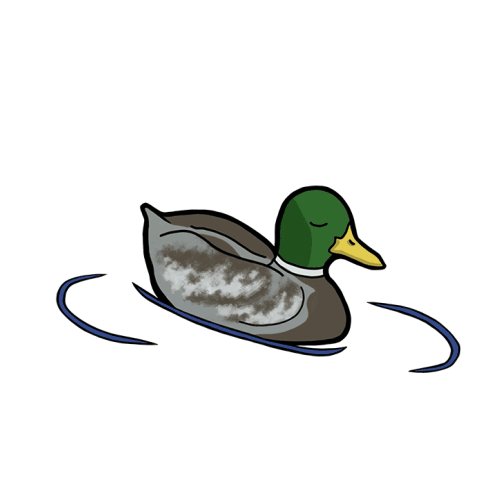Nutria remain a campus fascination despite lack of sightings
- Collegian staff
- Sep 29, 2021
- 3 min read
Amaya Latuszek
Staff Writer

Consider: the nutria. A rat-like, semi-aquatic rodent native to South America, which is classified as an invasive species in the United States. They were brought to Oregon for fur farms, which were closed due to a lack of demand, making them the invasive species known today. They frequented Willamette's campus for years but now they seem to have disappeared. What was once a very common animal to see is now the [talk of the town] if a sighting does occur.
Many seniors got to experience the nutria’s presence their freshman year, but past that, nutria sightings have been very few and far between. Many under-classmen have never even seen the rodent. Spike Iverson (‘22), stated that the biggest difference they had noticed between their freshman year and now is that “they just aren’t here anymore.” Iverson said “I feel like I remember the two places that I would see them were right by Mill Stream and then also in the botans [Martha Springer Botanical Gardens]. They were friendly, they liked people… One time in the botans I saw one and I sat down in the grass and it came up to me and got in my lap a little bit so I’ve been able to pet them.”
When asked how they felt about the sudden disappearance, Iverson said “It might’ve been last year … I remember seeing one of my friends who works in the grounds post a picture of a nutria on campus and so I was kind of like ‘oh they’re coming back!’ But I haven’t seen any since then. It makes me sad, that was one of the cool, just fun little quirky things about Willamette. I was glad to experience at least one year with them.”
There has been [speculation] on the disappearance for a few years. Advisor of the Zena Farm Club, Professor Wendy Petersen Boring, was not available for an interview, but commented on the issue by email, saying “I think the nutria aren't as numerous because Dean Whittier, the former Caretaker of the Martha Springer Botanical Garden, isn't here anymore to feed them carrots! He befriended them in the garden and named them all, and fed them various vegetables. When the new babies were born, they would follow him around the garden, with mom close behind, watching out for potential dangers. Dean is perhaps the only person I have met that actually really liked Nutria.” Boring also shared one of her own Nutria encounters, “I remember when my son was really little, like under 2 years old, and I lost track of him for a few minutes and came around the corner and he was staring face to face with a nutria who looked like it wanted to eat him up, and could.”
According to the USDA (United States Department of Agriculture), Nutria can grow to be anywhere from 15-20 pounds and 34-42 inches long, making them the ninth largest living rodent in the world. They are herbivores and their preferred diet are the roots of cattails, cordgrass and bulrush. However they will eat just about anything they can gain access to and all their eating, burrowing and swimming can cause massive erosion and harm to the wetlands in which they inhabit. Over the years they have caused widespread ecosystem change. Even though their sudden disappearance may be a good thing for the wetlands surrounding Oregon and the gardens growing on Willamette's campus, students can still feel disheartened that they may never see them again, or at all. Be on the lookout for the nutria, as it is a novel occurrence if one is spotted.




Comments